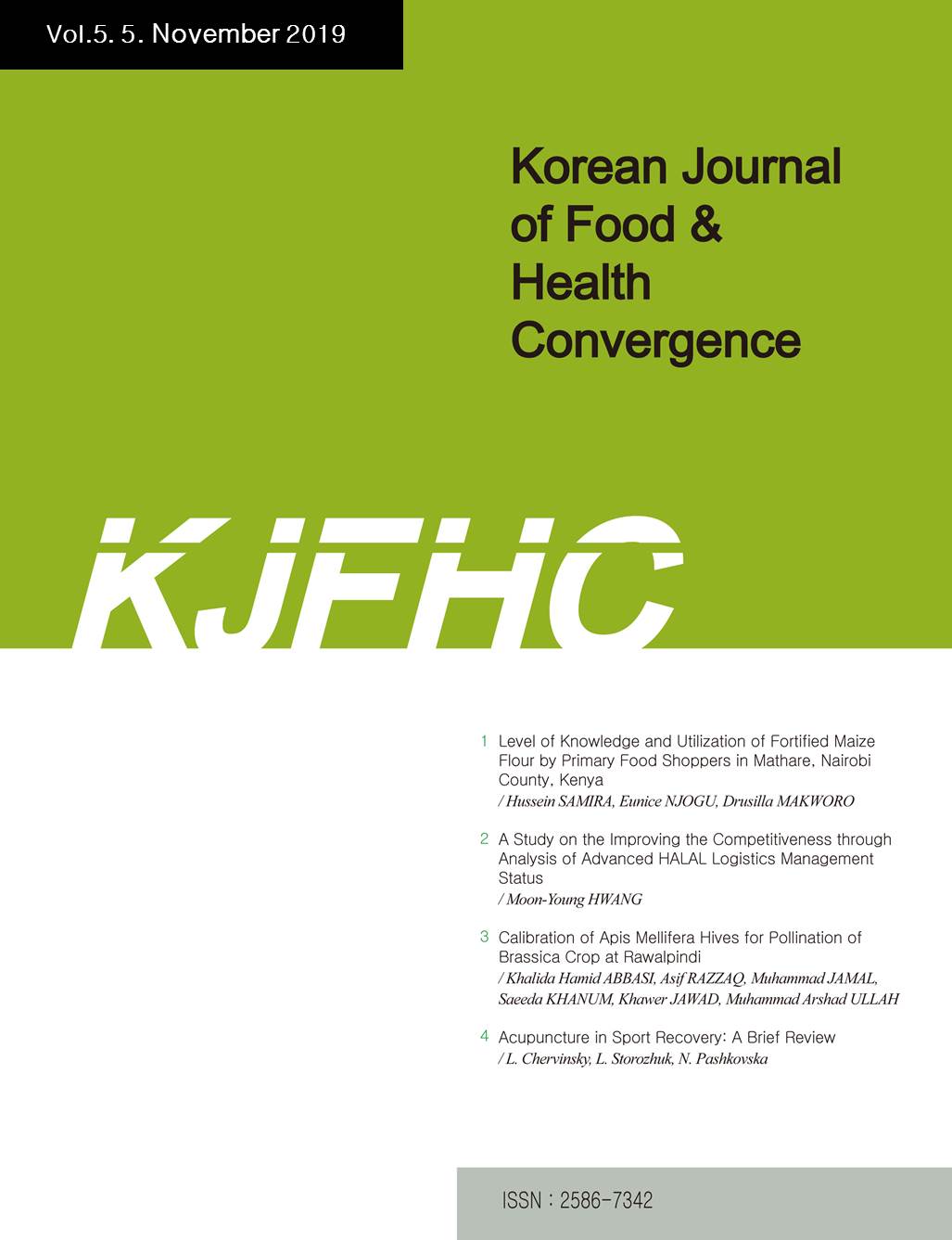 E-ISSN : 2586-7342
E-ISSN : 2586-7342
Yardim, Oztekin
Oztekin, Aysah
Sahin, Fatih
Arici, Elif
Abstract
The levels of five heavy metals (mercury, cadmium, lead, copper and zinc) were analyzed in edible tissues of Lophius piscatorius Linnaeus, 1758 marketed in Sinop coasts of the Black Sea by using inductively coupled plasma mass spectrometry. With the present study, heavy metal values of this fish in the Black Sea were examined for the first time. The mean concentrations in mg kg<sup>-1</sup> wet wt. of Hg, Cd, Pb, Cu and Zn were 0.022, 0.009, 0.035, 6.3 and 16 mg kg<sup>-1</sup> wet wt., respectively. The results of the present study indicate that the consumption of muscle from anglerfish can be considered safe in terms of permissible legal limits. It is clear that, Zn showed the high accumulation in muscle tissue followed by Cu, while non-essential metals Hg, Cd and Pb showed the low accumulation. This could be explained by the fact that Zn and Cu are essential elements in the bodies of living organisms and has an important role in different physiological processes. In the present study, heavy metal levels in angler fish were low. Likewise, the calculated HI values were lower than one. In conclusion, the results of the present study indicate that the consumption of muscle from anglerfish can be considered safe in terms of permissible legal limits and hazard index values.
- keywords
- Black Sea, Sinop, Heavy Metals, Lophius piscatorius, Hazard Index
- Downloaded
- Viewed
- 0KCI Citations
- 0WOS Citations
